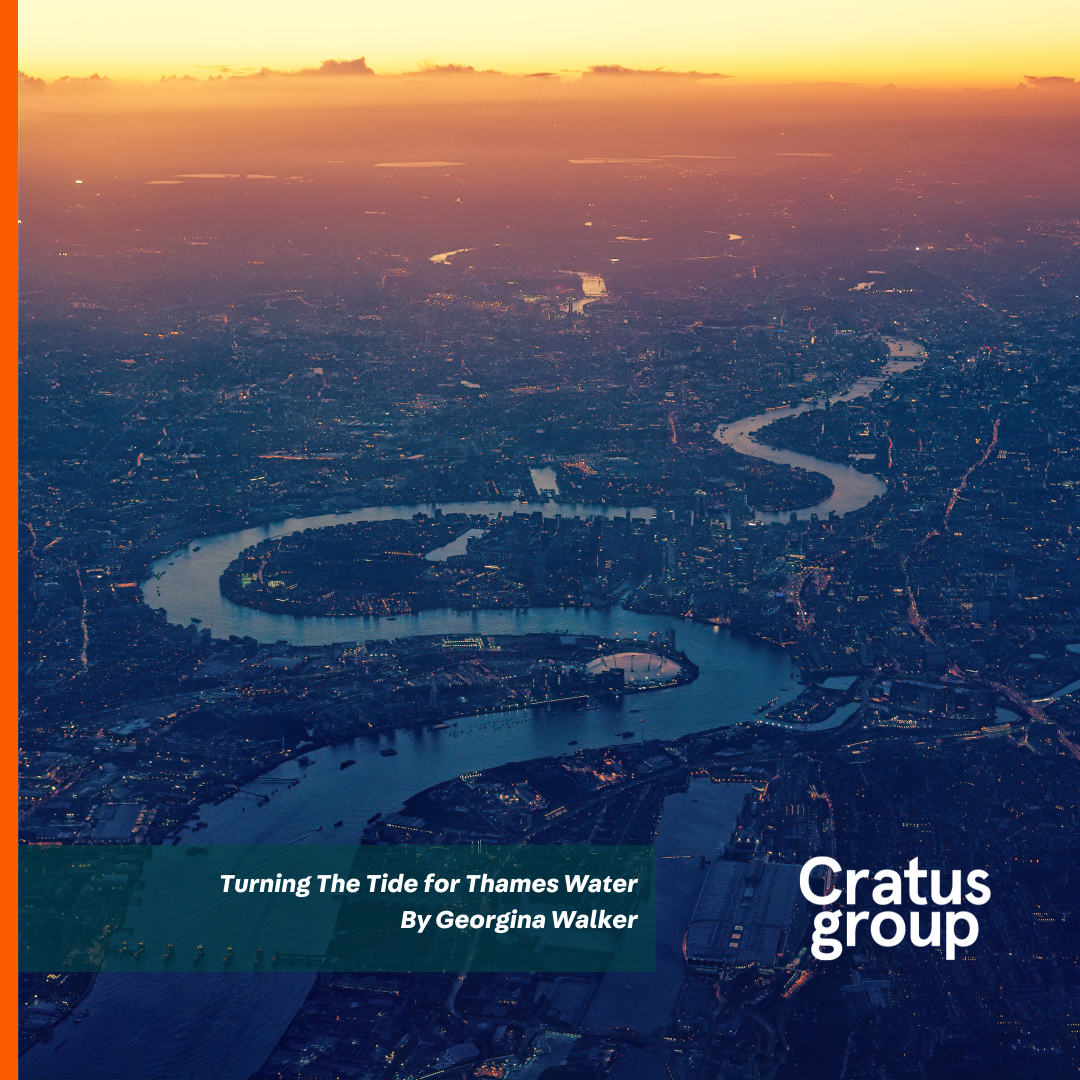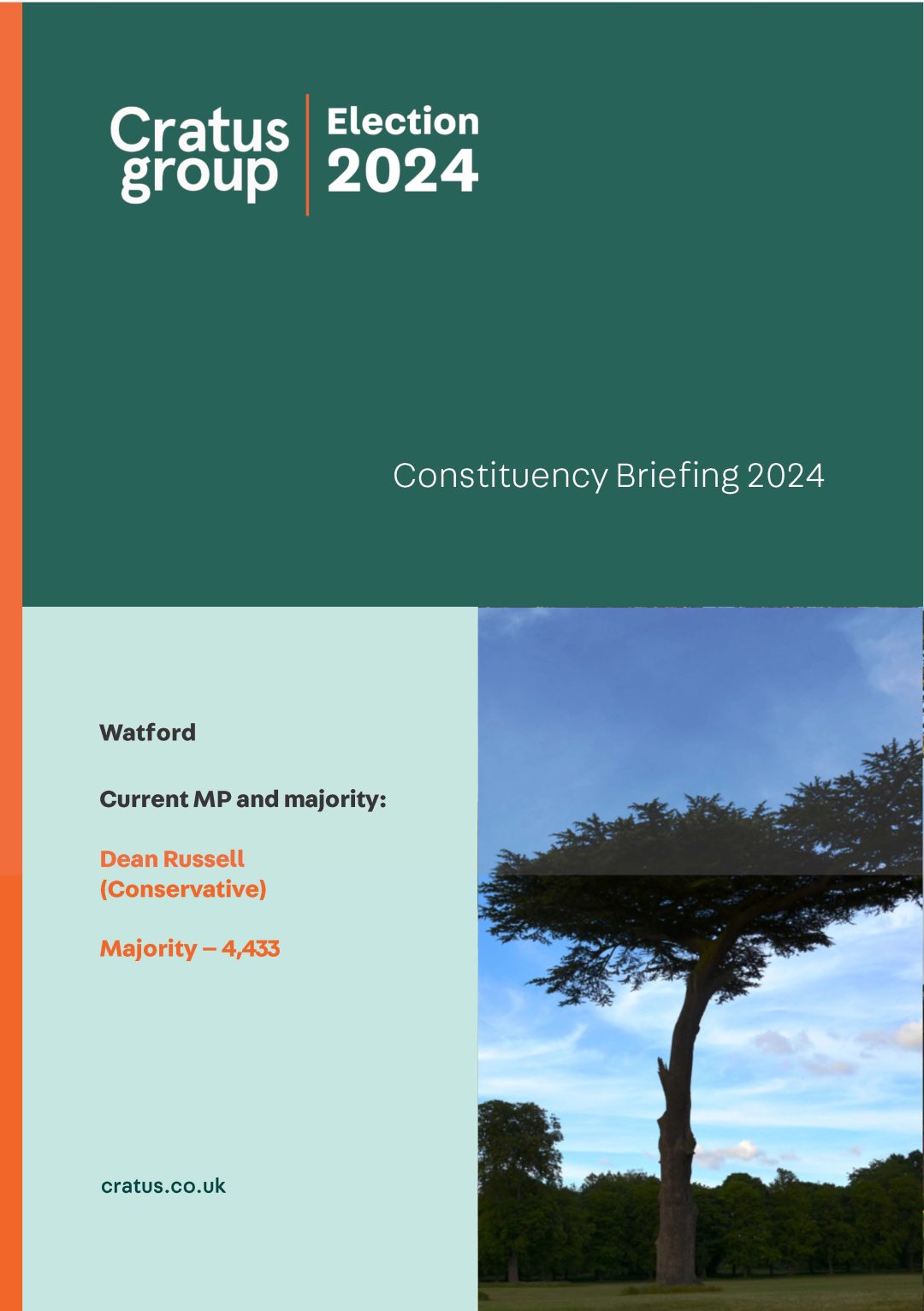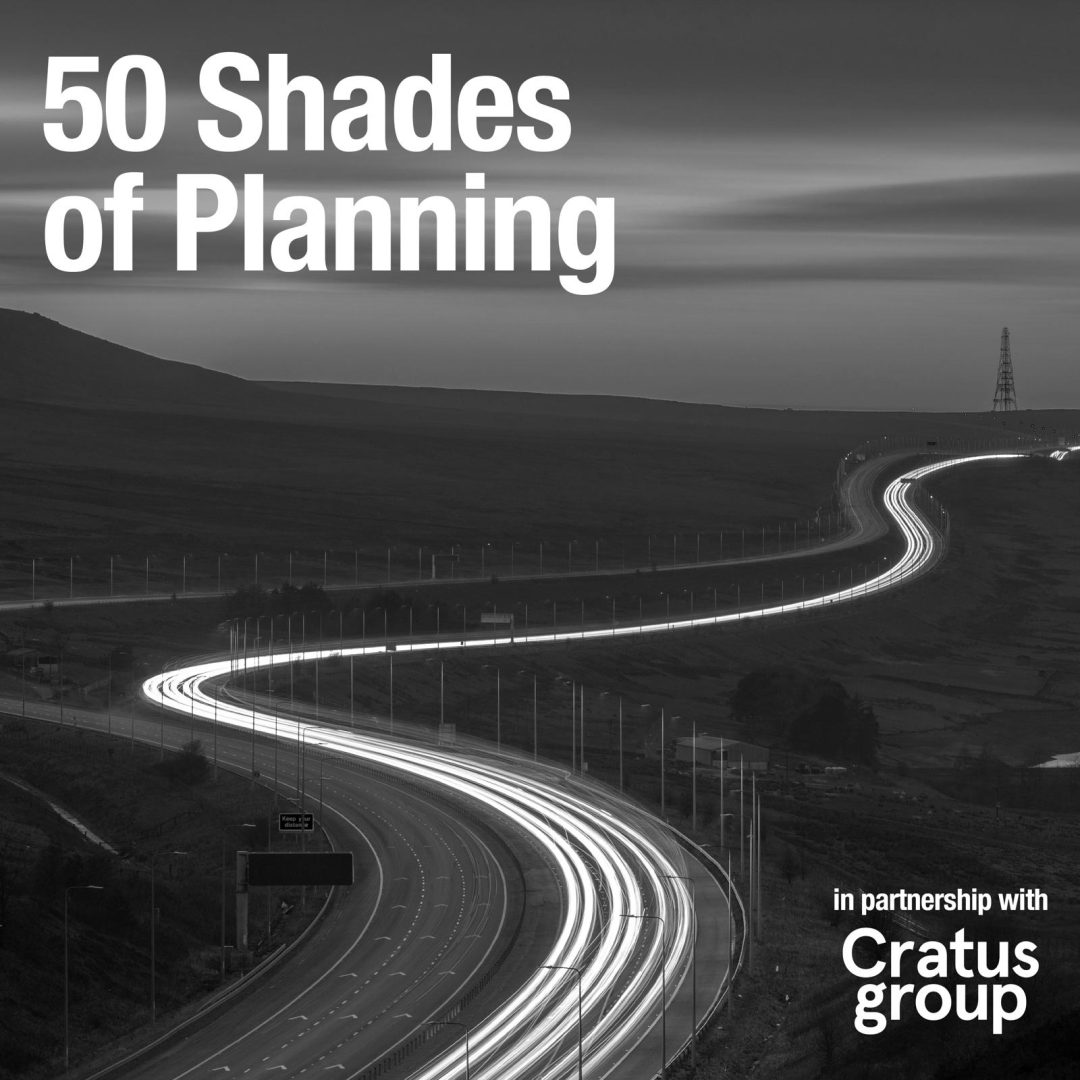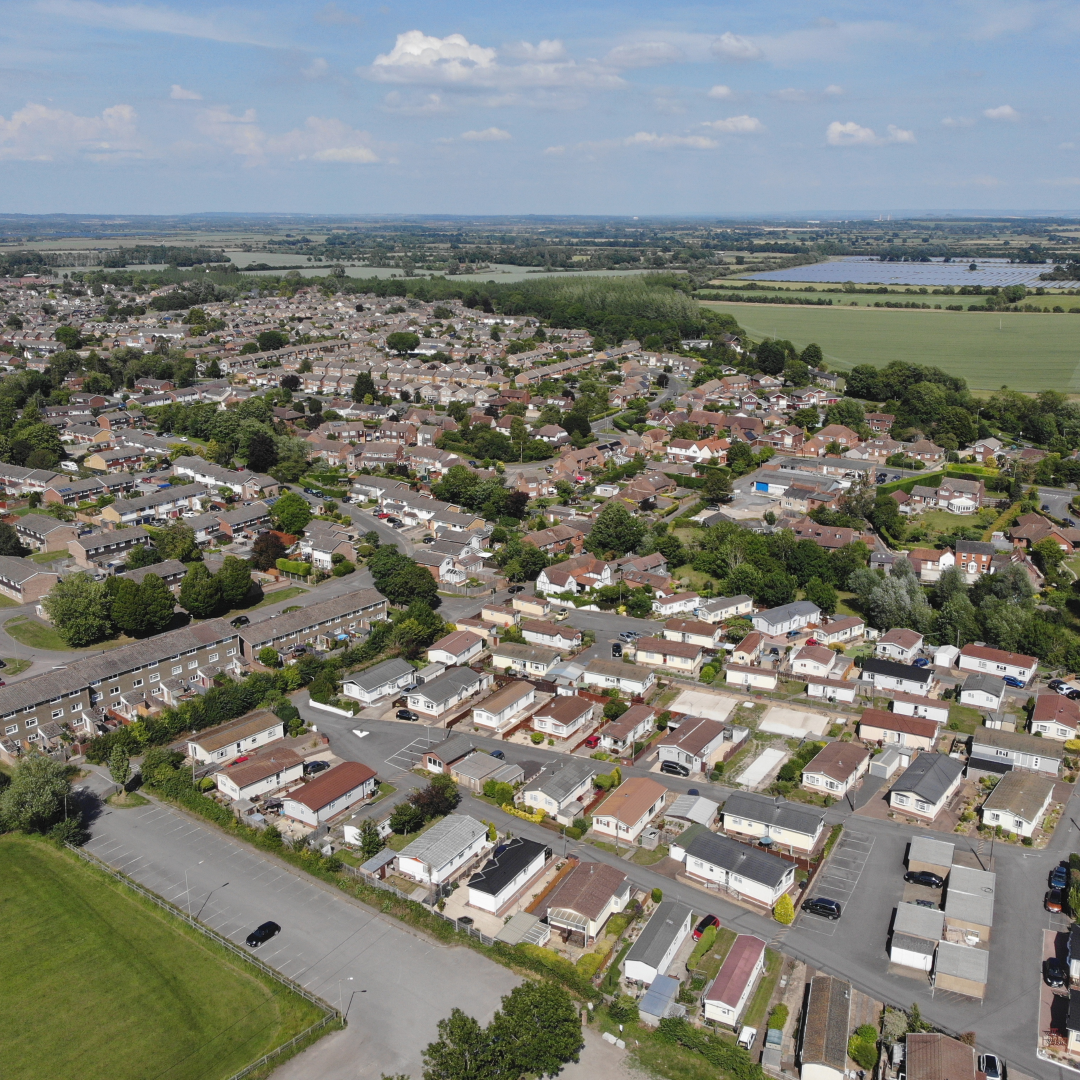Local Government by-election report – September 2018
September is traditionally the month of Party conferences. The start of the month can be busy after the summer break (last year there were 14 by-elections just in the first week) followed by a quieter couple of weeks as the activists head off for conference.
This year the first week saw a couple of safe Labour victories in Tameside and Carlisle. The Denton Holme victory in Carlisle was particularly important for them as Labour run a minority administration and a loss would have put the Conservatives only one seat fewer on the Council.
In Fife, the Conservatives took a seat from Labour in Inverkeithing and Dalgety Bay. The PR system in Scottish Councils makes split wards and coalitions common place, but the Conservative victory in this ward removed the Labour representation there and left two Conservatives with two Scottish Nationalists. The Council remains a Labour/ SNP coalition.
On 13th September the expected Labour victory in Lambeth marked the first London by-election since the May 2018 council elections. It would be a major shock if Labour had not retained the seat after finishing 1,200 votes ahead of the Greens in May and they duly delivered with another 3% increase in their vote share. The Greens cemented their second place though with 30.5% of the vote, up from 18.3% on May. The new Labour councillor is Cllr Scarlett O’Hara.
In Cambridge, the Lib Dems have turned Petersfield ward from a safe Labour seat in May 2018 to a more marginal ward. Labour held on, but their vote share dropped 10.4% whilst the Lib Dems increased theirs by over 16%. Labour retain their 10 seat majority in this University town.
In the Birstall Wanlip ward of Charnwood Borough Council in Leicestershire, the Lib Dems have gone the other way however, losing 20% of their vote since 2015 (itself a bad year for them because of the coalition government) and moving only 20 votes away from falling from second seat to a distant third behind Labour. The Conservative majority in the Council was always safe though, with 41 of the 52 councillors.
The Conservatives retained the Headcorn seat in Maidstone despite a strong surge by the Lib Dems from 4% of the vote in 2016 to 34% on 13th September. The Council remains finely balanced with Conservatives the largest Party, but the administration run by a Lib Dem/ Independent coalition that is still a minority and one short of the sought after majority.
The New Forest is safe Conservative territory with 57 of the 60 seats and only two Lib Dems and an independent to oppose them. In Pennington ward though the Lib Dems have started to make a bit of a fight of it by turning a safe Conservative ward into a marginal by increasing their vote share by 11.5% and losing the by-election by only 52 votes.
Over in the west Wales unitary authority of Pembrokeshire, the Pembroke St Mary North ward was won from the Conservatives by an independent who narrowly missed out in 2017. The Conservatives dropped to only sixth place behind Labour and three more independent candidates, after their previous councillor had to resign due to being sentenced to 18 years in prison. The Council remains run by a grand coalition of unaligned Independents, Labour, Lib Dems and Plaid Cymru.
Down in East Devon, Ottery St Mary had a by-election to replace a disqualified East Devon Alliance councillor in a ward split one each with the Conservatives. The Independent vote proved resilient and it was the Conservatives who lost 10.9% of their vote when Green, Labour and Lib Dem stood candidates, having not done so before. The Council remains Conservative controlled with 35 of the 59 seats.
In Epsom and Ewell, the local Residents’ Association safely held a seat in Nonsuch ward. Epsom and Ewell voted heavily Conservative in Parliamentary elections (20,500 majority in 2017) but the council has been dominated by various Residents Association groups in coalition since the borough was founded in 1937, leaving the Conservatives with just four councillors out of 38.
The Conservatives in Winchester defended a seat in Upper Meon Valley that meant the difference for them between a majority or minority control administration. The Conservatives did originally have a one seat majority over Lib Dems (23-22) but the groups have seen a bit of change recently with a Conservative defecting to Independent in June (losing them their majority) then a Lib Dem defected to Conservative in July (giving the majority back) and finally, the resignation of a Conservative in the Meon Valley to put them back into minority. In the end, the Conservatives held on to the seat. They lost 15% of their vote with the Lib Dems jumping up 26% but they still held on by 135 votes to re-establish their one seat majority, with 23 seats versus the Lib Dems’ 21, and one Independent.
In Lichfield, a Conservative councillor elected at a by-election in February has already had a change of heart and resigned their Stowe seat after a row over planning policy. Despite this, the Conservatives kept the seat ahead of Labour by 59 votes and maintained their 35 seat majority on the Council.
Clifton North in Nottingham is a split ward that was originally 2-1 between Labour and Conservative in 2015 but where one of the Labour councillors first went Independent and then resigned. The seat was gained by the Conservatives on 27th September with a 13.8% increase in their vote share whilst Labour lost 5% and the by-election with it by nearly 400 votes. However, whilst this was a success for the local Conservatives, it only takes them to three councillors versus 52 for Labour!
In the interesting pending by-elections, the Hart ward of Hartlepool is a split ward with two Labour and one Independent. One of the Labour councillors has resigned to force a by-election on 11th October. Council control won’t change but a Labour loss would leave them with only a three seat majority.
Highland council is the UK’s largest council by area and the most northerly on the mainland, covering 11.4% of the landmass of Great Britain and is 20% larger than Wales. The Wester Ross, Strathpeffer and Lochalsh ward has a by-election following the resignation of a Lib Dem. As with many Scottish wards it is split four ways between Conservative, Lib Dem, SNP and Independent.
On the south coast, Adur has a UKIP seat up for election in a ward they split with Labour, with the Conservatives close behind. The Conservatives currently run the Council with a three-seat majority.
Sutton has a by-election in Belmont ward with the Conservatives defending their safest seat and trying to get their ex-deputy leader, who lost his seat in May back on to the Council.
In Mendip on 25th October, the Conservatives are defending the marginal ward seat of a councillor elected as a Lib Dem back in 2015 who defected later that same year.
Thanet has another by-election in Margate Central after the Labour councillor who won the seat back in February 2017, from UKIP, has now themselves resigned.
Finally, Cottesmore ward in Rutland is still yet to set a date and is a seat where UKIP were the only challengers to the Conservatives in 2015.







